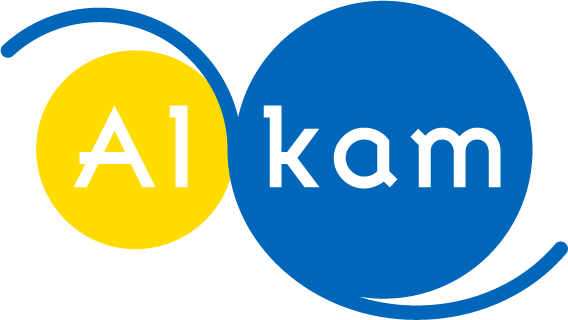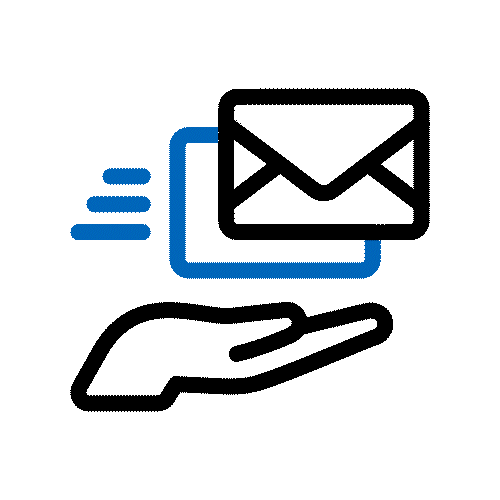top of page



.jpeg)
.jpeg)
Useful info
RFID technology allows for tracking all goods entering and leaving a warehouse when properly labeled.
This innovative radio frequency technology can automatically store data about people and things.
The RFID label is a widely used device that supports scientific warehouse and inventory management.
Components of RFID Labels
RFID labels consist of four essential elements, without which the technology cannot be utilized. The components are:
- TAG: A radio frequency device consisting of a memory microchip, connected to an antenna and embedded in a label. The data stored in the memory is unique and can be transmitted over short distances without contact.
- Reader: This absorbs all the information contained in the TAG. It can be a fixed element (placed at the entrance of a warehouse to read all incoming and outgoing goods) or a mobile device that allows warehouse workers to check specific items.
- Antenna: This is the device that receives and sends the data contained in the TAG.
- Management System: This is the system shared by the network and the reader, enabling the control of all information to aid warehouse management.
Advantages of RFID Labels
The main benefit of using RFID technology is the elimination of errors in warehouse management and the associated economic burdens.
With this system, the risk of theft, incorrect shipments, and losses is minimized. Additionally, it provides complete traceability of goods and identification of individual products, offering protection for the brand and its reputation.
It minimizes errors and inventory losses, supports real-time stock management, and also reduces time and costs.
Other types of
labels
bottom of page


























